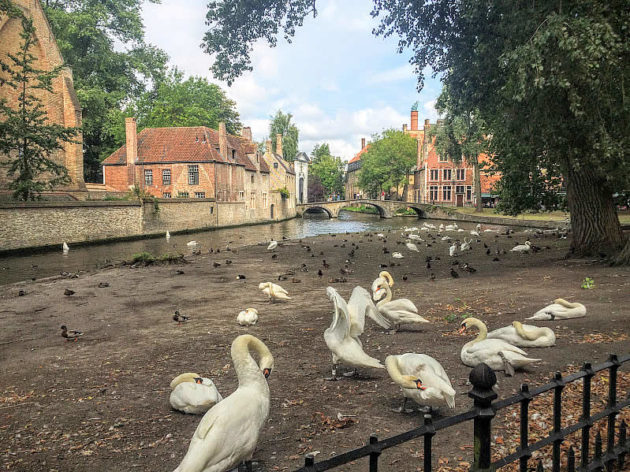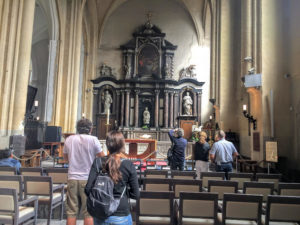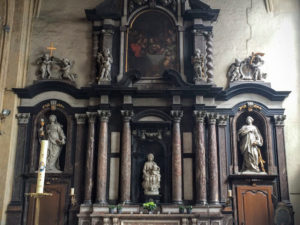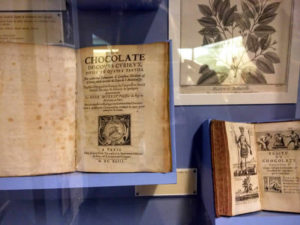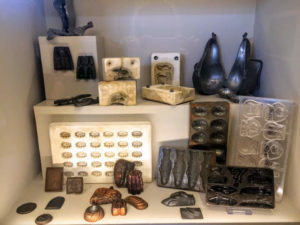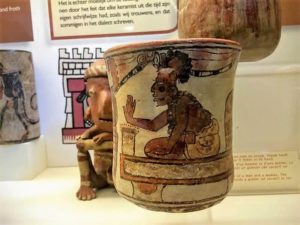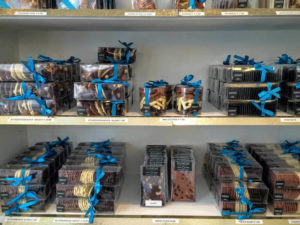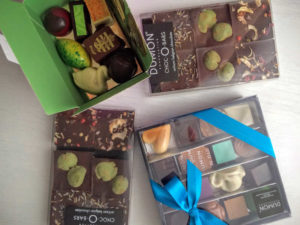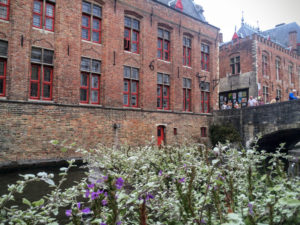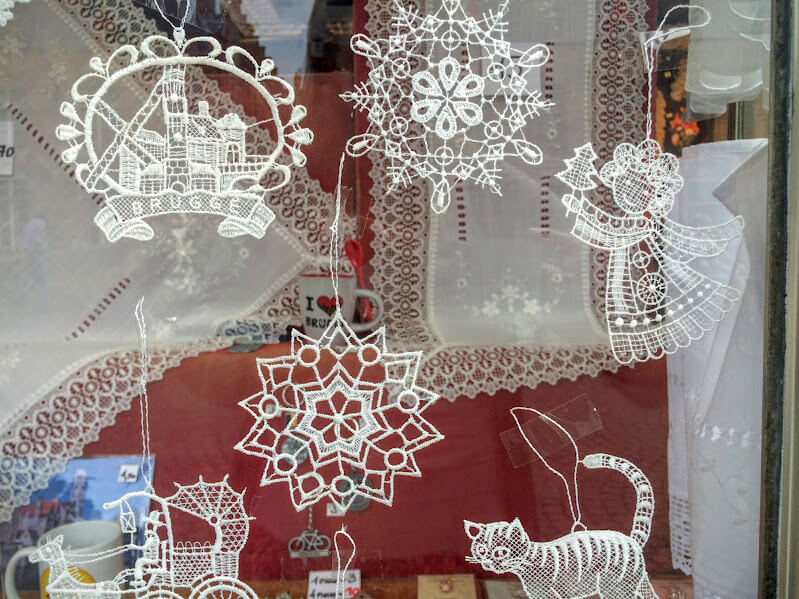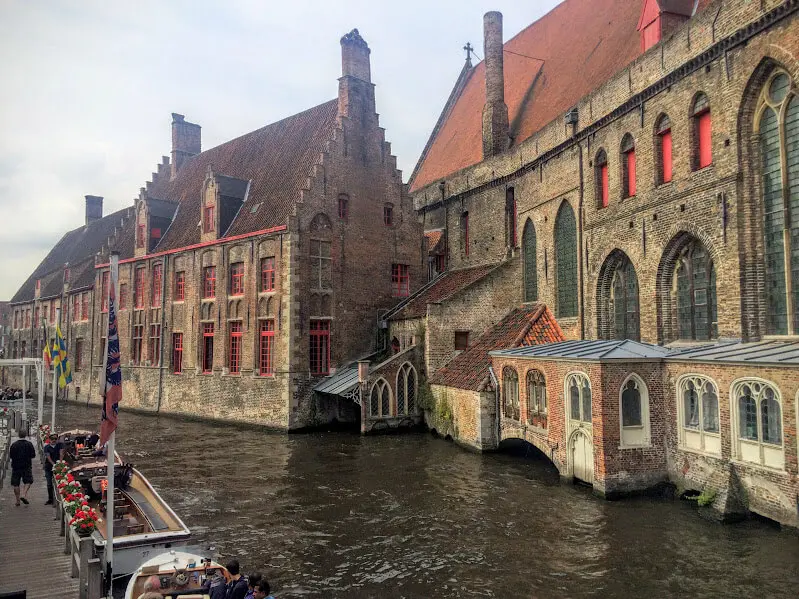Bruges in Belgium is definitely one of the cutest towns I’ve ever seen. With its well preserved medieval architecture, a lot of great restaurants and plenty of chocolateries it is definitely worth visiting! Here is a small Bruges travel guide with a list of things you shouldn’t miss.
Bruges
Bruges got its name from Vikings that occupied its territory in 9th century. They called it ‘Bryghia’, which means landing stage. Later on, a name of a town changed to Brugge or Bruges. In 14th century it had 40,000 people, which was the same as London at that time. Golden age of a town was in 15th century when it was a textile trade center and also an important financial town. Prosperity attracted many artists, which started to work in Bruges (their paintings can be seen today in Groeninge Museum in Bruges).
Bruges today attracts 3-4 million visitors per year. It is a great choice for a one day trip like I did here, but you can also spend the whole weekend there. To find out what to do there, here is my travel guide to Bruges with some of the must-see places.
Bruges travel guide
# Grote Markt
Bruges’ main square is a heart of the city and its most important meeting point. The whole square has that nice Medieval Flamish look. In the Middle Ages canal was passing right through it – this was the way farmers would ship their wool to the town. The most beautiful building on the square is definitely Belfry. It is a building with a huge 83 m high tower that once symbolized freedom and wealth of the city. You can attend some of free carillon concerts in its courtyard.
There are many picturesque Medieval buildings on a square, among which the most beautiful one is the Neo-Gothic Provincial Palace. Next to it is ‘Historium‘, a multimedia museum showing the life in Bruges’ Golden Age and a workshop of famous painter Jan van Eyck. Tourist info center is in the same building, so it’s a good place to start and plan your visit to Bruges.
# Castle Square (Burg)
The other important square in Bruges is located just around the corner – a Castle Square or Burg. Bruges was once ruled by counts and this is where their first castle once stood. This was also the place where the political and administrative centre was. In 9th century, there was an old Carolingian church there, but it was demolished in 1800. Still, you can see its ruins on the lower floor of Holiday Inn Crowne Hotel. You can ask about it at the hotel’s reception and visit it free of charge.
On the opposite side of the square is another important church – the Basilica of the Holy Blood. During the Crusades one of the knights from Bruges, allegedly bring a few drops of Christ’s blood from the Holy Land. You can still see it in the church today, together with a story about it on its wall paintings. It is a beautiful place, so I’m highly recommending it to visit.
# Church of Our Lady and Michelangelo’s sculpture
The most significant work of art in Bruges is situated in the Church of Our Lady. It is a sculpture of a ‘Virgin with Child‘ made by Michelangelo Buonarrotti. Sculpture was commissioned by a merchant from Bruges, a member of Moeskroen family who was trading with Florence and Rome a lot in that time. He gave the sculpture in 1506 as a present to the Church of Our Lady. It is even more important because it was the only sculpture made by the famous sculptor that left Italy during his lifetime.
There are many tombs in the church as well, like the one of Charles the Bold and his daughter Maria of Burgundy. This is the only church in Bruges, for which you have to pay the 4 euros entrance ticket, but it is definitely worth it. Although I was a bit disappointed with the location and size of the famous sculpture (it is a bit far, so you can not see all the details well).
# Try local food and beers
Belgium has one of the best cuisines in Western Europe and there is much more in it than just fries. If you are visiting between September and February try a local specialty – mussels. There are so many restaurants to choose from, so my advice here is, let your nose guide you. Of course, don’t forget to try some of the Belgian beers, as well. My favorite are fruit beers, but there are around 180 breweries in the country so there should be something for everyone.
# Choco story
Belgium is also famous for its chocolate, and once you see all the examples and taste different flavors you will absolutely understand why. There is no better place to start your choco tour through the city, than in the museum dedicated to chocolate – a Choco Story. There, you can see how ancient Mayas and Aztecs were preparing hot chocolate drink, how chocolate is made today and learn many interesting facts about this fine dish. You will get a chocolate bar with your entrance ticket, so visit to this museum can also be a dessert after the lunch.
# Tasting Belgian chocolate
After you learn all about the history of chocolate, it would be a shame not to continue with same tasting in Bruges’ finest chocolate shops. One of my favorite is The Choco Line, where you can find chocolate made with lavender marzipan, Cabarnet-Sauvignon or Japanese rice wine Saké. For the braver ones there are some made with bacon or fried onions. The other one I love is Dumon, which has many nicely packed selections that would be a great present (even for yourself). However, the best souvenir is eatable souvenir, so don’t skip some of these nice places.
# Canal boat cruise
When tired of walking and eating all the chocolate, my recommendation is to go to canal cruise. Bruges is known as a Venice of the North (at least as one of them), so nice picturesque canals full of ducks and swans are a great place to continue your visit. You can find boats going to canal cruises on many places in the town. One is just behind the Burg Square. Price is always 8 euros and a boat ride is taking around half an hour. A great way to hear something about the history of the Bruges and to see some of its beautiful houses located in canals.
# Beguinage and Minnewater
This peaceful place was once a monastery of Beguine sisters, whilst today Benedictine nuns are living here. Established in the 13th century and placed on a canal, it is a great place for some contemplating in the afternoon. Next to it’s a romantic Lake of Love, or ‘Minnewater’. There is a beautiful walking trail next to the lake, which will led you to the Powder Tower, or the Poertoren. A nice bar with the terrace is facing the lake on the other side of it, and it is a perfect place to have a glass of Belgian beer in the evening.
# Visit a lace store
Lace-making was in the 19th century the only mean of income for most of the Bruges’ families. There were 92 schools at that time in Bruges, where lace makers were trained. Today, the lace from Bruges is well known and a craft of making lace is still important skill for many of its inhabitants today. There are many lace stores around the town and lace is quite cheap, so visit one of them and admire to some of these little pieces of art.
# Flemish Primitives
Although there are many museums in Bruges, if you have to pick only one, go to the Groeningemuseum. It has a paintings of the famous Flemish painters from Middle Ages and Renaissance time. The master piece of collection is Jan van Eyck’s ‘The Madonna with Canon van der Paele’, together with some other paintings of this famous Flemish master.
If you are interested in Flemish painters, the other place to go is St. John’s Hospital. The old medieval hospital and shelter to the travelers is a piece of art itself, but it also houses the Hans Memling Museum. This painter spent most of his life in Bruges, so you can also see some of the paintings he made here.
Bruges is a ‘town-museum’, so just walking through its street and passing by some of old medieval houses would be a great experience. Take a walk, try local food and nice beers, sit next the canals and enjoy your time there.
Have you visited Bruges? Do you have any more must-see places to recommend that haven’t been mentioned in this Bruges City guide? Let us know in a comments below!

